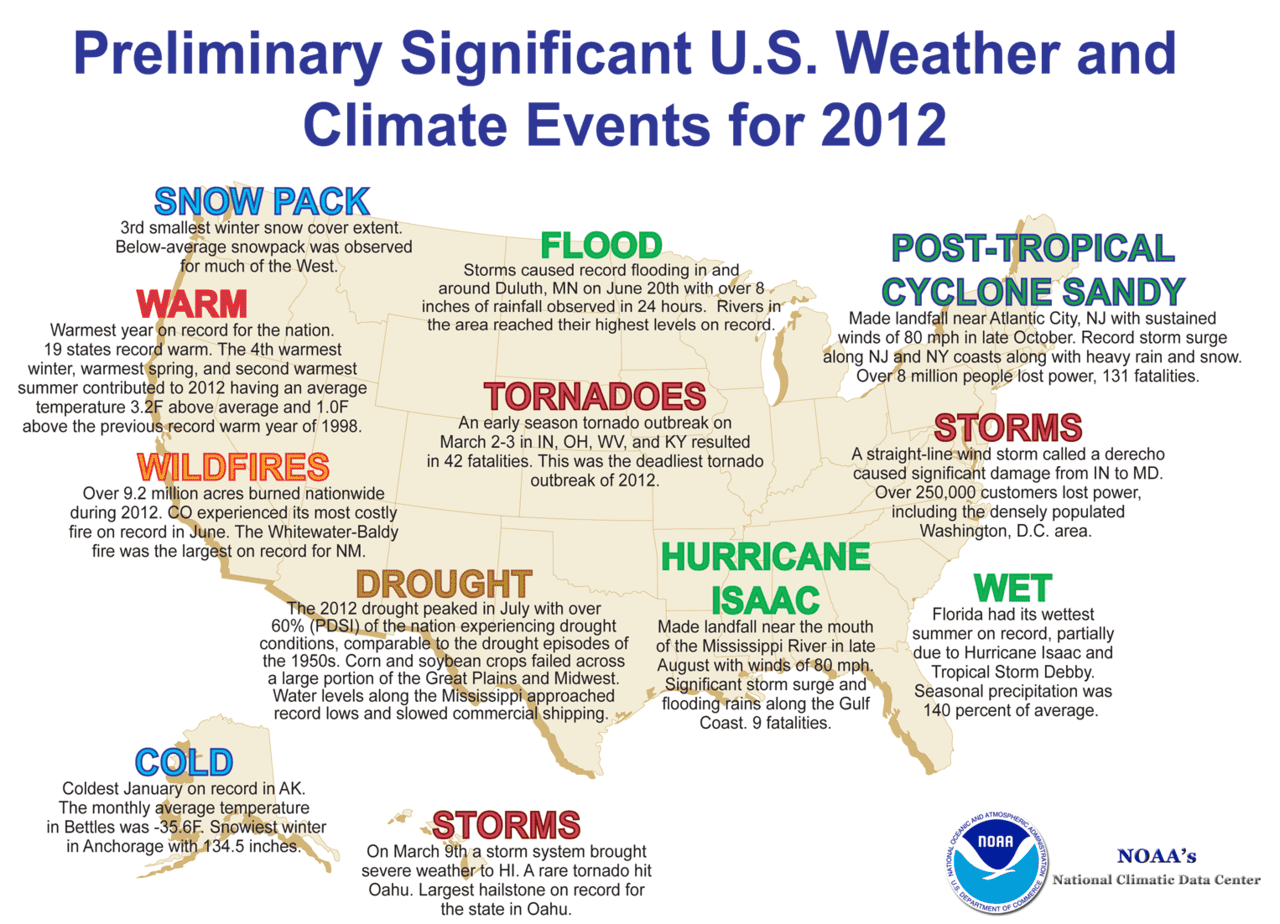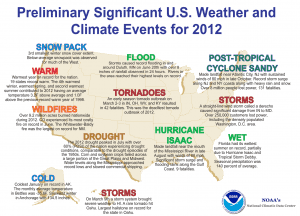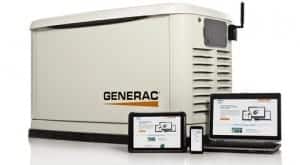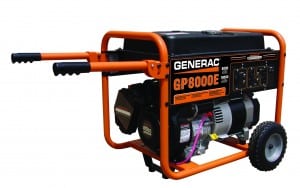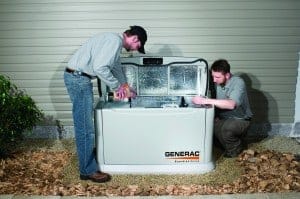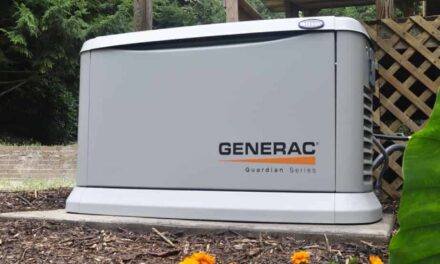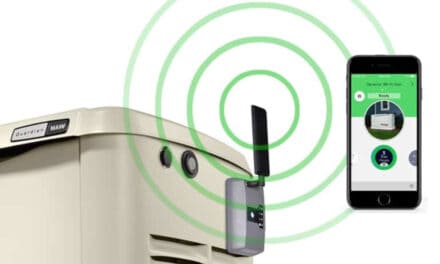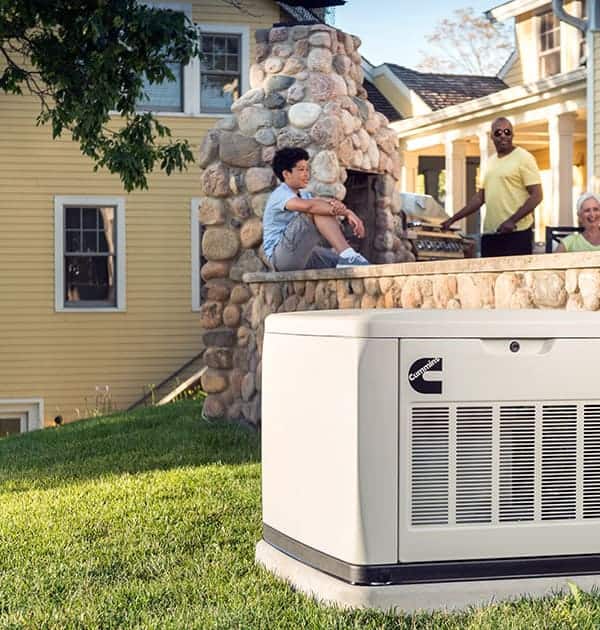Events in recent years have punctuated the fragility of our nation’s power grid. Hurricane seasons over this year and last have been relatively quiet, but tornadoes, ice storms and other weather-related events have done their share to knocked out power.
There are always equipment failures and accidents, and with every outage comes the possibility of days without electrical power.
Trying to find emergency power during an outage is difficult. Home centers quickly sell out their inventory of portable generators and standby units take time, permits, and electricians to complete the installation.
Backup Options
The best option for homes and businesses are standby generators. They work with an automatic transfer switch to detect power outages and switch on automatically to supply electrical power when the utility cannot.
When the electric utility restores power, they turn off and switch back to the utility supply. Most residential and commercial standby generators operate on natural gas or propane which eliminates frequent refueling. Since they are fully automatic, they work whether you are at home or away on vacation.
Portable generators can also supply emergency power, but they do not operate automatically. Typical operation involves starting the generator and connecting appliances with extension cords.
A better way is a manual transfer switch with an inlet box, which allows powering of furnaces and other permanently connected appliances. Portable generators usually run on gasoline and require regular refueling.
Maintenance
Generators can run for extended periods of time. Just like a car needs maintenance, so does a generator. Check the oil with every fueling on portable generators and every 24 to 48 hours for standby generators. Top off the oil but do not overfill. Don’t forget to check the coolant level on liquid-cooled models and fill as necessary.
Oil and filter changes are required every four to six days (100 hours is typical) for portable generators and every eight to ten days (200 hours is typical) for standby models. Spark plugs change intervals run approximately every 400 hours of operation.
It is a good idea to keep a three week supply of maintenance items on hand for use during extended outages. With proper maintenance, a generator will offer years of service and thousands of hours of run time.
Power Capacity
Many homeowners will opt for a unit that delivers power for essential needs. Refrigerator, freezer, pumps, furnaces, and a few lighting circuits. The amount of power required for those items determines the size of the generator. Businesses often have fewer options for standby power and will usually select a unit that not only keeps essentials operating, but also keeps their doors open.
Fuel use is directly related to power consumption. Base consumption begins with the fuel required to start and run the engine, and then increases with the electrical load. The less power used, the less fuel is consumed.
Standby units begin at about 7 kilowatts and run up to 22 kilowatts for air-cooled machines. Liquid cooled units can supply from 20 kilowatts to 150 kilowatts or more. Conduct a power audit to determine the amount of power required.
Installation
Unless you have considerable experience as an amateur electrician, you’ll want to hire a licensed professional to install a standby generator or a manual transfer switch. Standby generators also require plumbing for the gas lines, and you’ll need to check with the gas company to make sure the line and meter can supply the correct gas pressure and volume.
Some portable units require changes for grounding when connected to a home. Be sure to check the owners manual and provide for proper grounding. Knowing how to do it in advance will save fumbling in the dark and pouring rain with flashlight.
Don’t forget that electrical and plumbing work requires building permits and inspections.
Fuel Storage
Standby units run on either LP or Natural gas. LP gas is stored in tanks while natural gas is supplied through municipal gas lines. LP users will want to make sure they have enough storage to run the generator and home appliances for days.
Portable generators that run on liquid fuel such as gasoline present a problem. Fuel ages and must be rotated on a regular basis. Storing gasoline in regular containers is restricted by many communities. Home owner insurance can also impose restrictions in some cases. Check with local authorities before storing large quantities of fuel.
Plan now and the next power outage won’t leave you in the dark.

